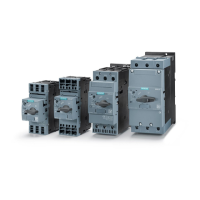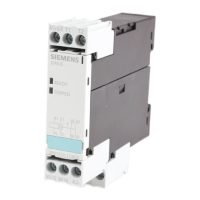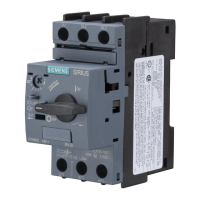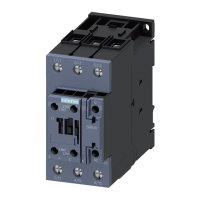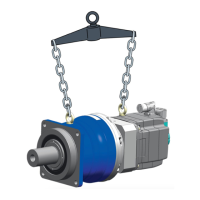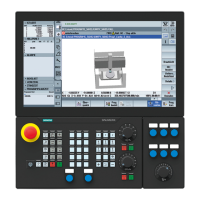Glossary
SIRIUS Innovations
System Manual, 01/2011, A8E56203870002-03
771
Recovery time
When a protection function in a switching device has been tripped (e.g. motor starter
protector, soft starter, overload relay, or current monitoring relay), the motor cannot be
restarted until a recovery time has elapsed. The length of the recovery time will vary,
depending on the cause of the error. For more information, refer to the corresponding
product documentation.
Response delay
The response delay is the time from when you start to enter a command until the first contact
connection is made, at the contactor, for example.
RoHS
EC Directive 2002/95/EC concerning the restriction of the use of certain hazardous
substances in electrical and electronic equipment regulates the use of hazardous
substances in devices and components. The English abbreviation RoHS is used to refer to
this directive: (Restriction of the use of certain hazardous substances), as well as all related
measures for implementing it into national legislation.
Service life
Period of time for which the switching device will work properly under normal operating
conditions. This is specified as the number of operating cycles, the electrical durability
(contact erosion), and the mechanical durability (operating cycles without load).
Short-circuit strength
This is the resistivity of a switching device in the closed state, along with its components
(e.g. releases), or a complete switchgear, to the electrodynamic (dynamic strength) and
thermal (thermal strength) stresses which arise in the event of a short circuit. The
characteristic for the dynamic stress is the rated peak withstand current, which is the
maximum instantaneous value of the short-circuit current. The characteristic for the thermal
stress of the short-circuit current is the root-mean-square value of the short-circuit current
throughout its duration.
SIL (Safety Integrity Level)
Discrete level (one of three possibilities) for defining safety integrity specifications of safety-
related control functions. Safety integrity level 3 is the highest possible level, level 1 the
lowest.
Soft ramp-down
The same principle as that used for soft starting is applied during the ramp-down process.
This ensures that the torque generated in the motor is reduced gradually, so that the
application can ramp down smoothly.
In "soft ramp-down" mode, the natural stop process of the load is decelerated. The function
is used when the load must be prevented from stopping abruptly. This is typically the case in
applications with a low mass inertia or a high counter-torque.

